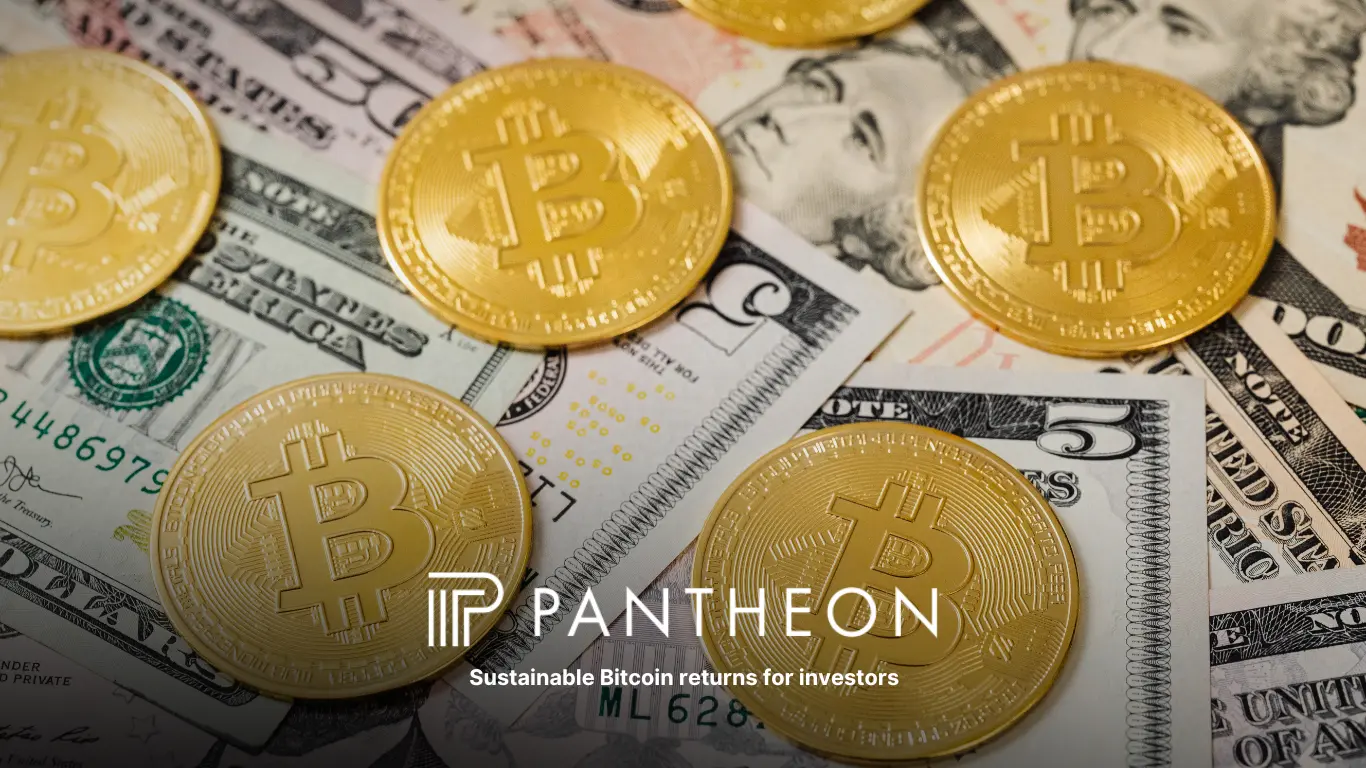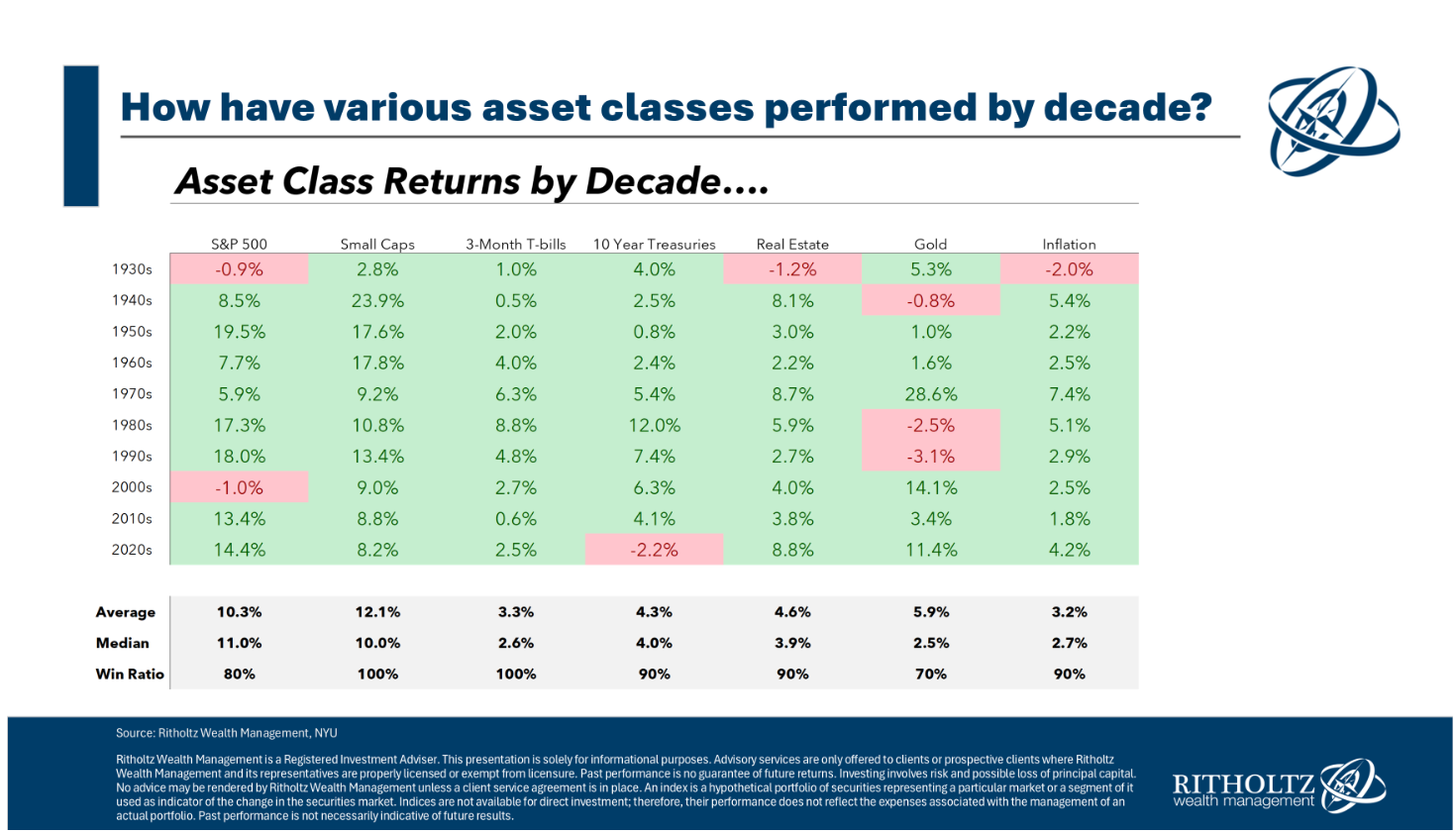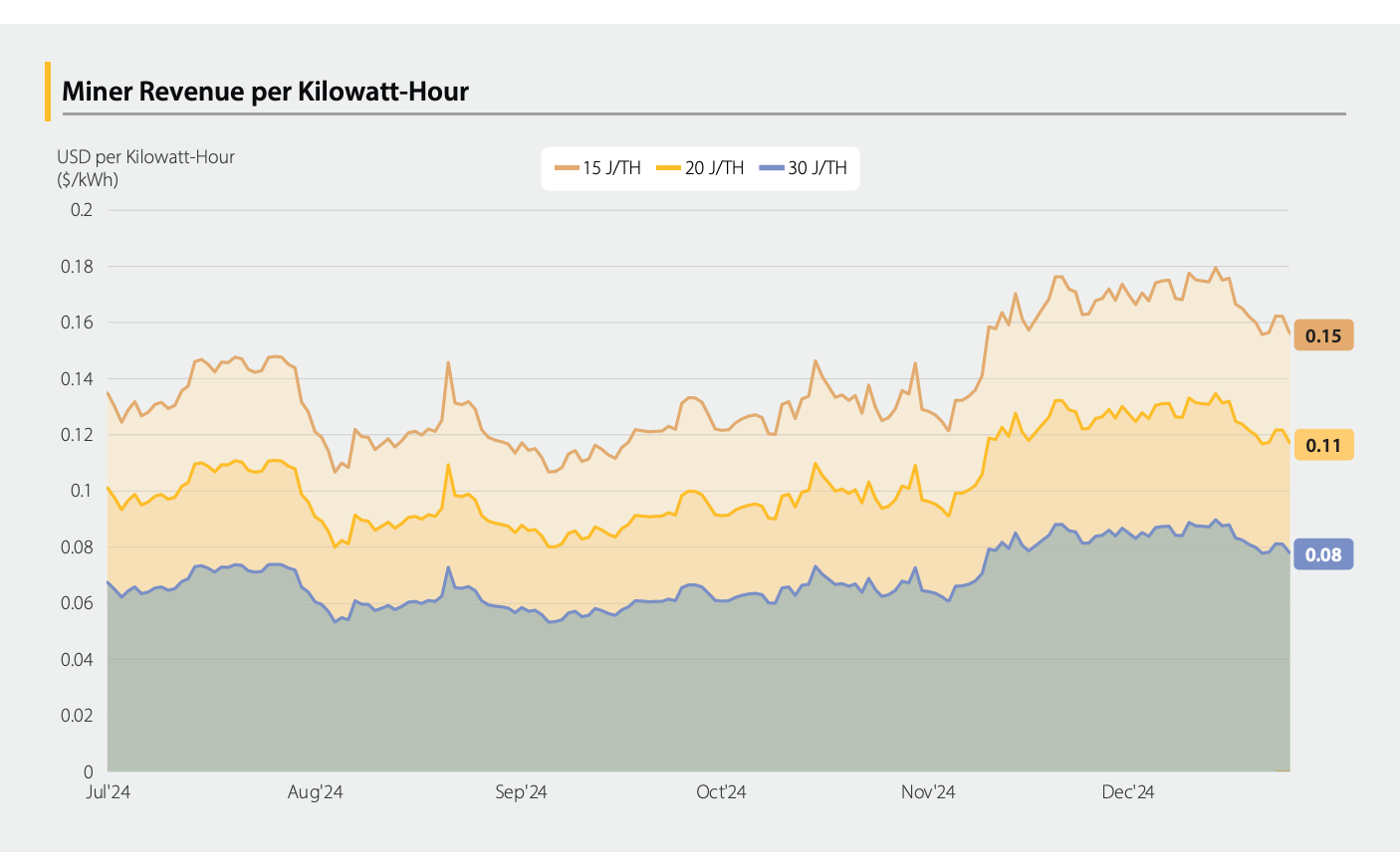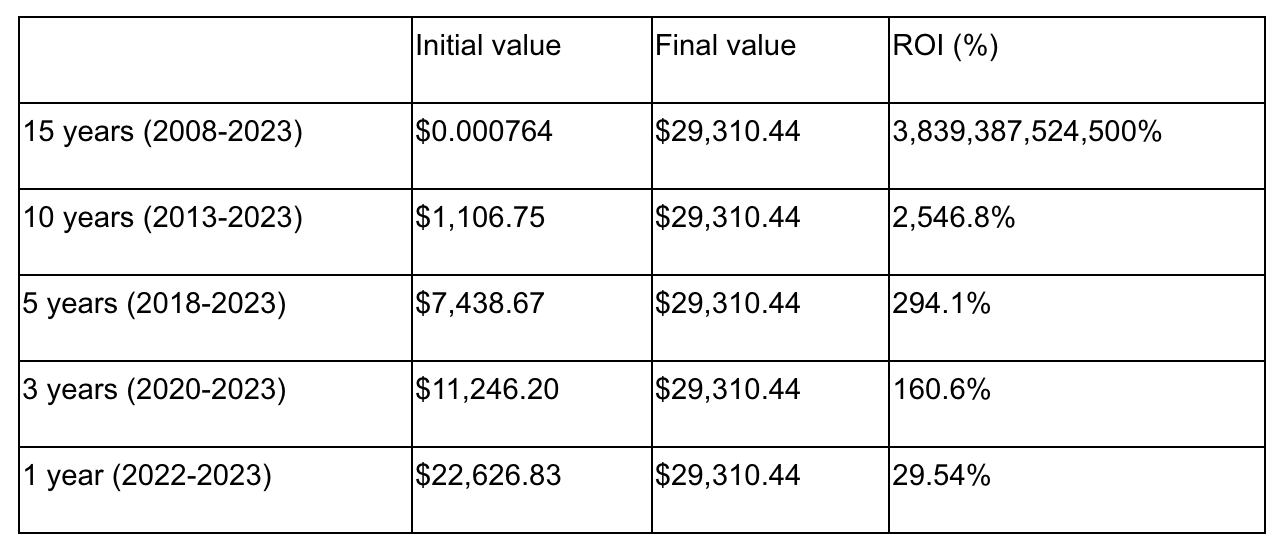
High debt levels and ongoing inflation weaken traditional safe havens. Gold holds value but produces nothing. Bonds generate income but lose purchasing power as prices rise. Investors are left defending their wealth instead of growing it.
Bitcoin mining changes this. It acts as a hedge that protects value and produces returns. Each unit of energy converts into a measurable output in Bitcoin, offering an active alternative to static stores of wealth.
Traditional hedges preserve wealth but fail to create value.
These assets once provided security. Today, they act as defensive positions that protect capital without generating returns. Investors now seek hedges that can preserve and produce at the same time.

Figure 1. Average performance of traditional asset classes by decade (Source: Ritholtz Wealth Management).
The data from 2025 shows that over multiple decades, gold, bonds, and cash provided limited real growth. Their average returns barely offset inflation, with several periods of negative performance. This confirms that traditional safe havens no longer deliver meaningful yield. For investors seeking growth and protection, the search must move toward assets that combine stability with productivity.
Bitcoin mining produces yield through computation. Each miner converts energy into verifiable output that generates Bitcoin as a native reward. The process runs on transparent rules defined by code and network consensus.
Mining infrastructure gives investors direct exposure to productive assets. Profitability depends on energy cost, hardware efficiency, and operational uptime, which are the same factors that determine yield in any industrial activity.As explored in our previous article, The Energy Arbitrage: Turning Power Into Value, mining connects energy markets with financial returns. The chart highlights how improvements in hardware efficiency increase margins and strengthen long-term profitability.

Figure2 Miner revenue per kilowatt-hour at different efficiency levels (Source: Cambridge Digital Mining Industry)
Bitcoin mining monetises efficiency itself. Each gain in energy use translates into a measurable yield. This is what defines it as a productive hedge, an asset that turns operational optimisation into financial output.
Bitcoin delivers measurable financial performance independent of monetary cycles. While traditional assets rely on policy or inflation trends, Bitcoin’s supply and issuance are fixed by design. Over time, this structure has produced consistent long-term returns across multiple market periods.

Figure 3. Bitcoin’s multi-year returns between 2008 and 2023 (Source: Bitcoin Magazine Pro, 2024).
The table shows strong performance across all timeframes. Over 15 years, Bitcoin’s value increased from under one cent to more than $29,000, representing an ROI of over three billion percent.
Even shorter periods, such as the last five and ten years, show gains exceeding 290% and 2,500%. This consistent performance demonstrates that Bitcoin functions as a productive financial network capable of generating real, compounding returns through market cycles.
Bitcoin mining combines scarcity, infrastructure, and income. It offers exposure to Bitcoin’s fixed supply while generating a continuous yield. For family offices and institutional investors, it provides a productive hedge that links real assets with digital value.
As monetary systems expand and real yields decline, mining represents a stable path for long-term wealth protection through tangible infrastructure. It produces Bitcoin as a reward and turns energy efficiency into lasting financial performance.
Bitcoin mining delivers both protection and yield. It preserves purchasing power through scarcity and produces measurable income through computation. For investors seeking productive exposure in an era of monetary disorder, mining stands as a practical and scalable solution.
The contents of this analysis are for informational purposes only and do not constitute investment advice. The study is based on the author's opinions and assumptions and may not reflect the actual state of the market or the future outcomes of any investment. The author is not a financial advisor and assumes no responsibility for the information's accuracy, completeness, or suitability.
Bitcoin investments are subject to high risks and volatility. The prices can fluctuate significantly due to factors such as supply and demand, regulatory actions, technological innovations, security breaches, hacking attacks, market sentiment, and global events.
Investors should be aware of these risks and conduct their diligence before making investment decisions.



